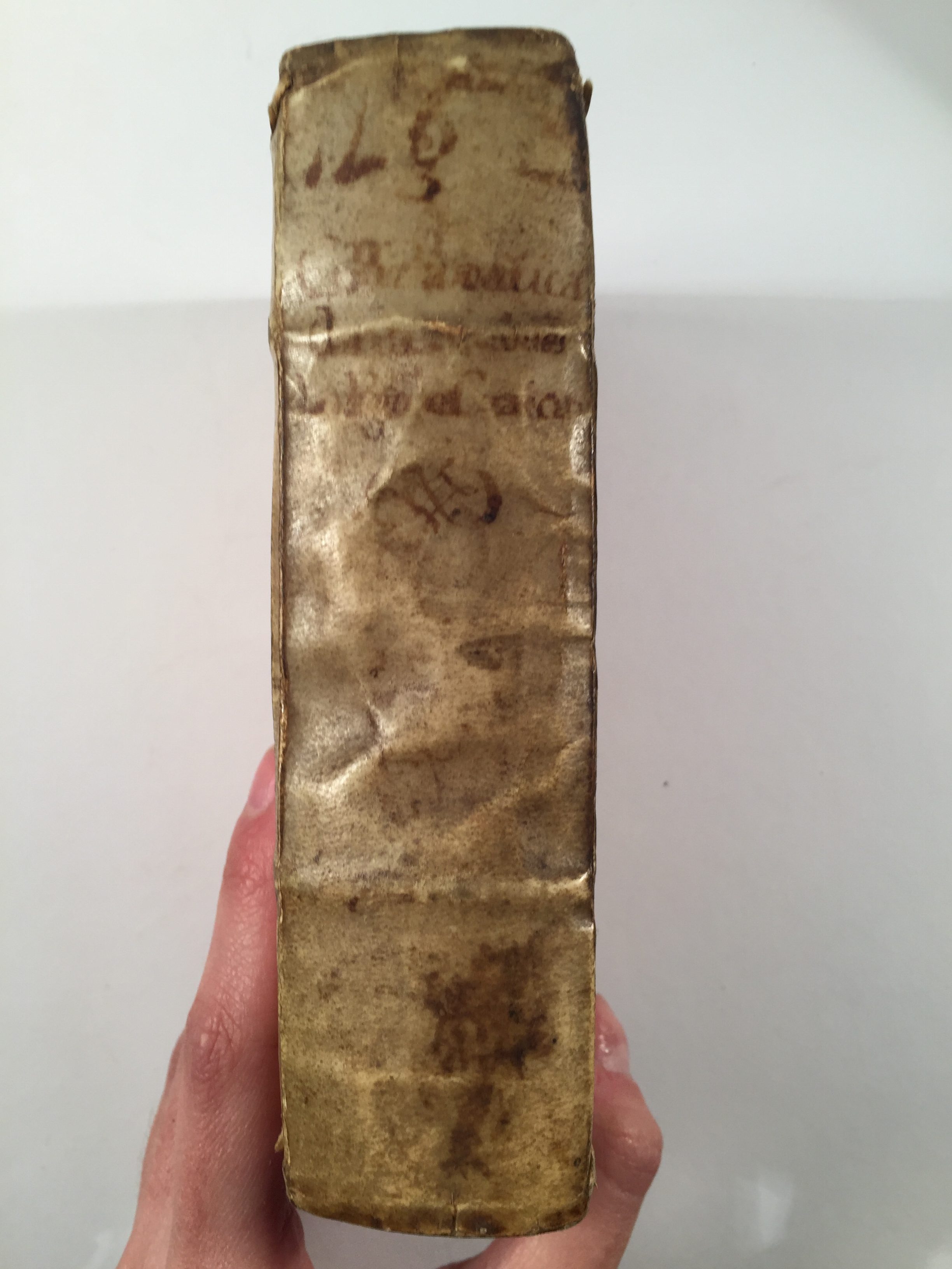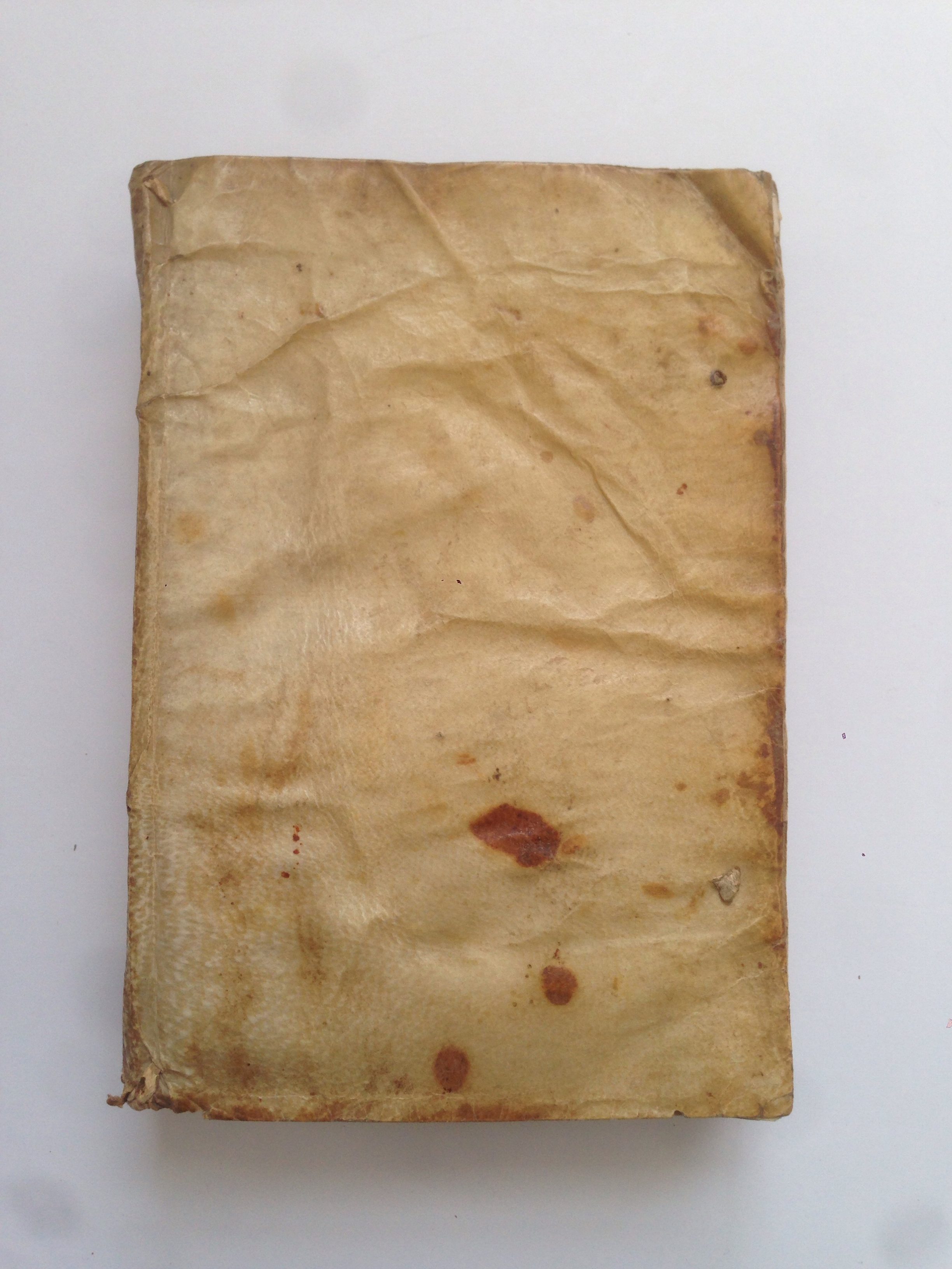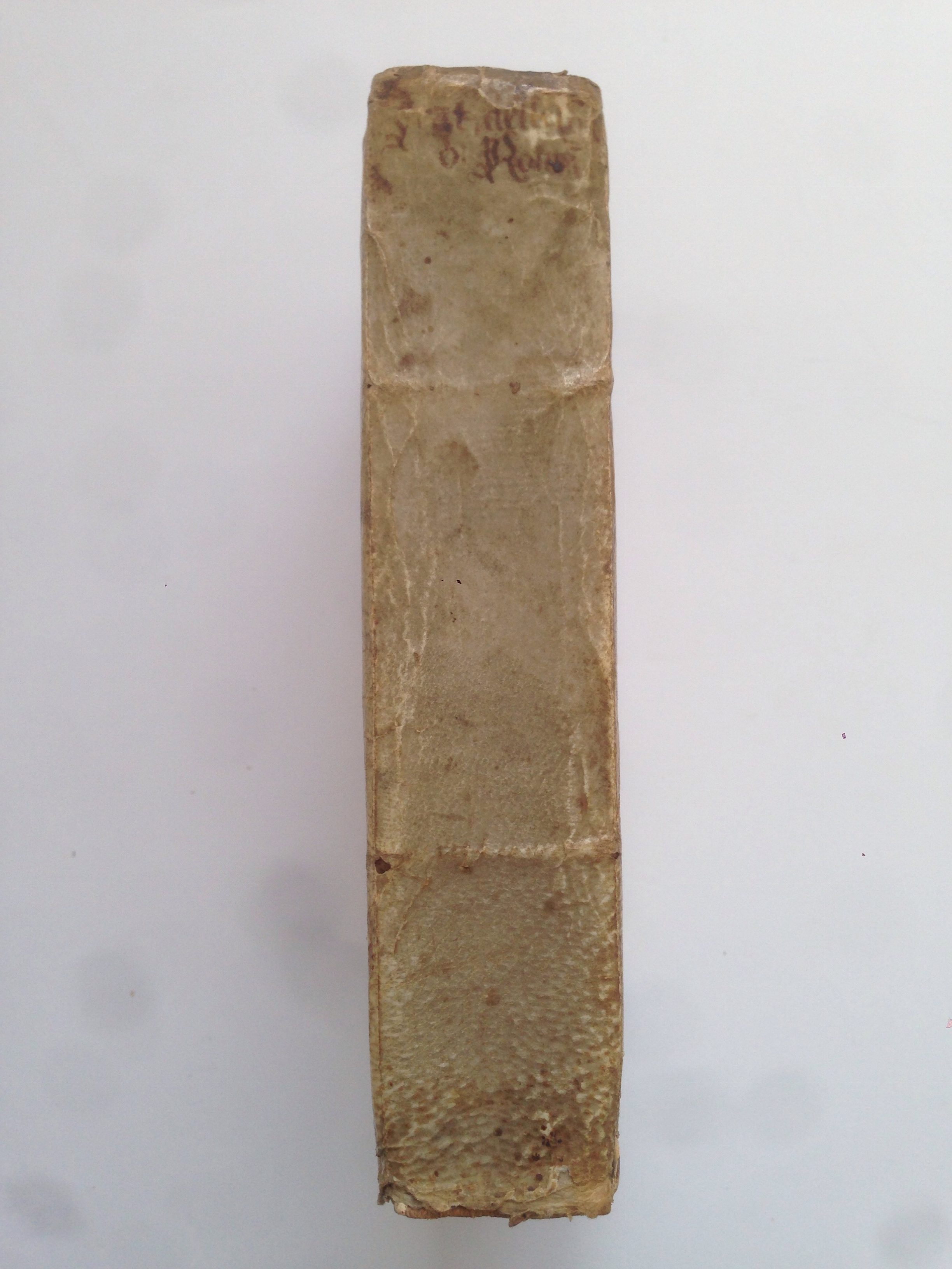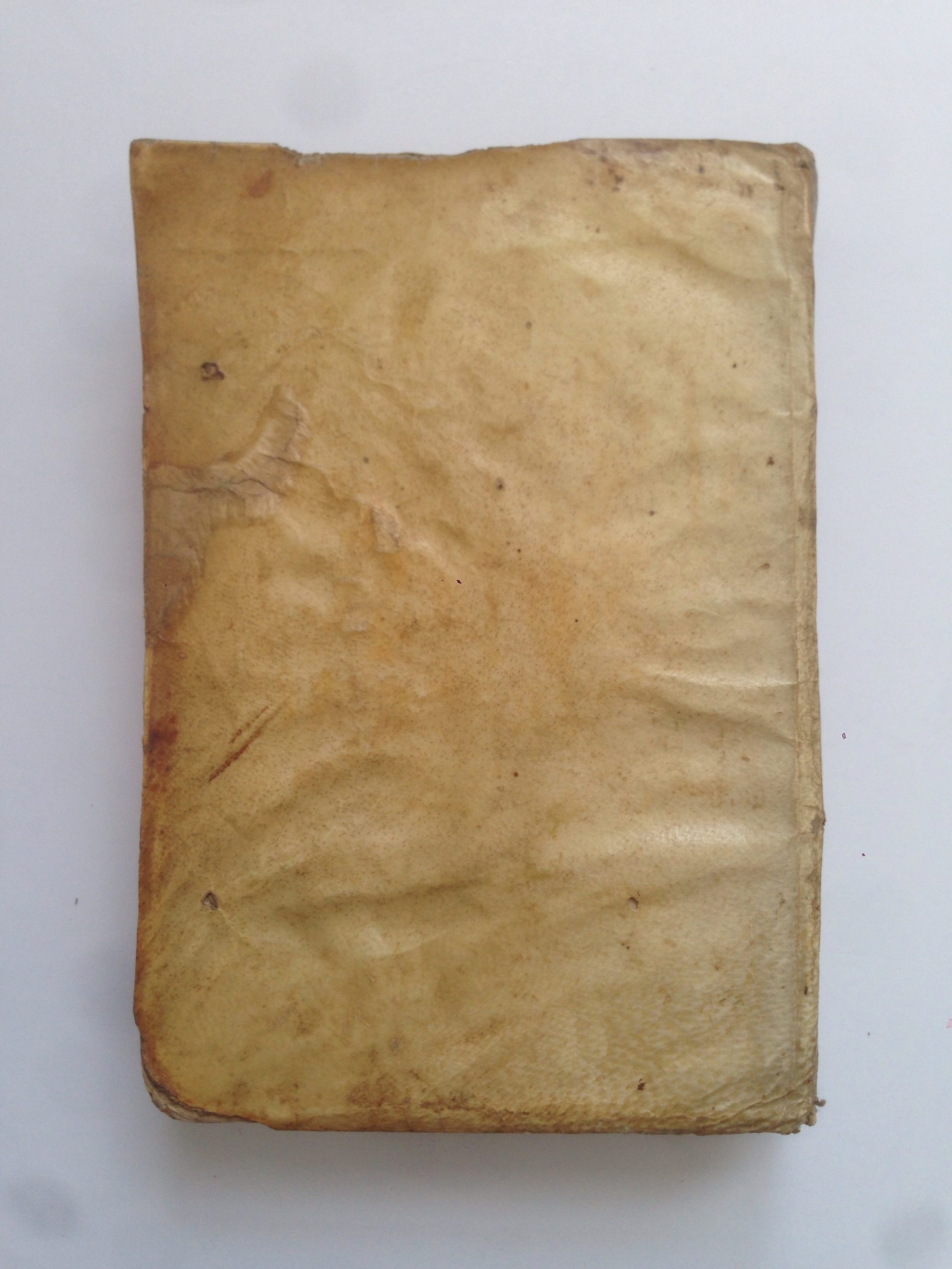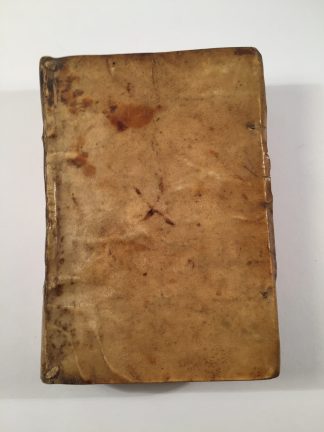FELINI, Pietro Martire
Trattato nuovo delle cose maravigliose dell’alma città di Roma
Rome, Andrea Fei [Giovanni Antonio Franzini], 1625£2,250.00
8vo, pp. (16), 437, (3). Two parts in one with separate titles. Roman and Italic letter, title in black and red, woodcut title vignette representing the allegory of Rome, foliated initials, decorative and typographical tailpieces, 227 half and full page engravings depicting ancient and modern monuments of Rome. Light age yellowing and a little light browning, occasional spotting and damp staining, lower margin of last three leaves very lightly water stained. First leaves chipped, small worm trail to pp. 13-18 just affecting text, p. 31 torn without loss, small tear to lower blank margin of V5. A good, clean copy in contemporary limp vellum, early title lettered on spine, remains of ties, a bit worn, slight splitting to joints. C19th bookplate of Chateau de Montrevost to front pastedown, inscription in contemporary hand on t-p.
Reissue of the second edition (1615), printed on the occasion of the 1625 Jubilee, of the guidebook to Rome by Pietro Felini (1565 ca -1613) from Cremona. It includes engravings from Girolamo Franzini’s travel guide (1588), not in the first. Felini studied languages, archaeology and sacred music, and was Prior of the convent of Santa Maria in Via in Rome. His treatise on Rome became very popular and was reprinted several times in Italian and Spanish. Based on previous treatises by Palladio and Prospero Parisio, it represented a turning point, including new itineraries for visitors and descriptions of 303 churches, antiquities, as well as detailed information on art history and collecting.
Taking the model of medieval books on indulgences and “Mirabilia urbis”, Felini’s work merged the categories of the ancient, the Christian and the modern capital, each with their monuments, history and the extensive use of illustrations. The work opens with a letter from the author to Cardinal Virginio Orsini and is divided into three parts: a section on the churches of Rome, particularly the first 7, considered essential stops for pilgrims and followed by a list of the stations for each month of the year, especially the stations of the Cross; a three day guided tour of the city and an account of its antiquities in 91 chapters. It also includes lists of bishops, cardinals, popes, Roman emperors and European rulers. Of the principal churches Felini describes their origins and foundation, processional stations (Advent, Lent and others), architecture, decorations, relics and indulgences, as well as miracles and apparitions. Most interesting and accurate are the paragraphs dedicated to the newly decorated San Giovanni in Lateran with its Baptistery, founded by Constantine, San Pietro, San Paolo outside the Walls and Santa Maria Maggiore. The work especially provides a meticulous overview of the art works, accompanied by expert comments and opinions on the Cosmatesque pavements, the altars and chapels with their sculptures and paintings, the frescoed vaults and mosaics, by famous contemporary artists, such as Antonio Tempesta, Giuseppe d’Arpino and Cristoforo Pomarancio, Domenico Passignano, Orazio Gentileschi, Giovanni Baglione, and many others, even Lavinia, a paintress from Bologna, who depicted Saint Stephen’s martyrdom. Many walking directions are contained in the second part. The last section is the most extensive and comprises a short historical excursus on the ruins and ancient monuments of Rome (bridges, aqueducts, circus, theatres and amphitheatres, especially the Coliseum, triumphal arches, columns, temples and other buildings), giving also information on modern collections and artists, such as Michelangelo who drew the statues of the Laocoon, Cleopatra and the Belvedere Torso in the Vatican garden, and sculpted a beautiful Moses (Julius II’s sepulchre) in St Peter in Chains. Chapters 34 deals with the libraries; 35 with the invention of printing by Gütenberg, who spread this art to Rome under Pope Nicolò V. The work encompasses useful bibliographic references, namely Felini’s “Guida spirituale” (1608) and Muzio Pansa’s “Vago e dilettevole giardino di varie lettioni” (1608), on the Vatican library.
BL. C17th It. 332. Not in USTC. Not in Brunet or Graesse.In stock



